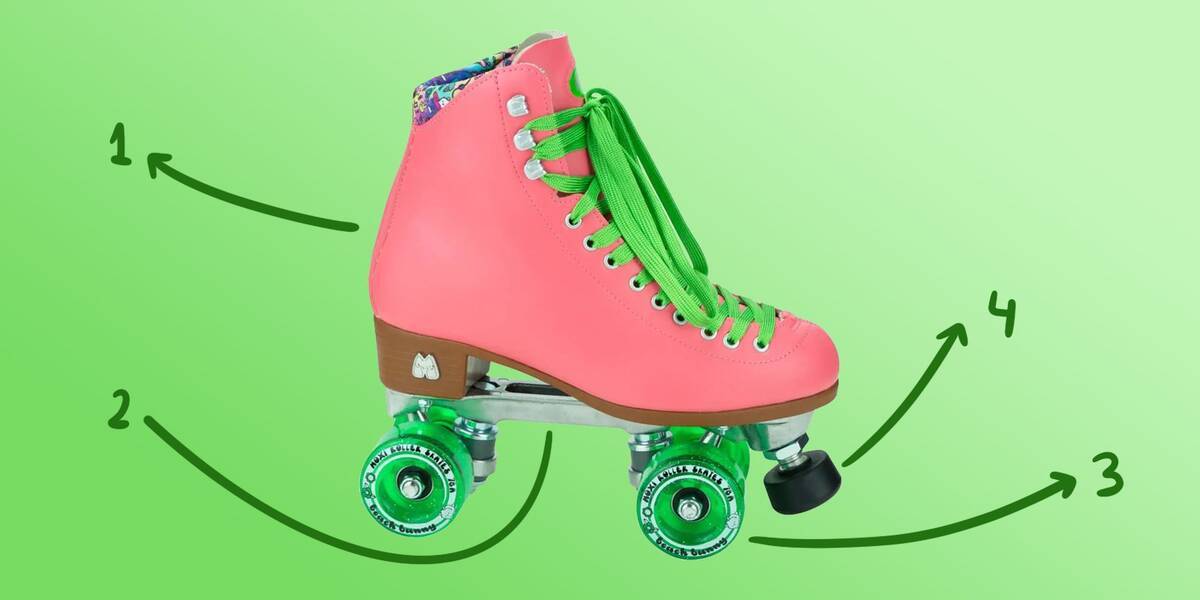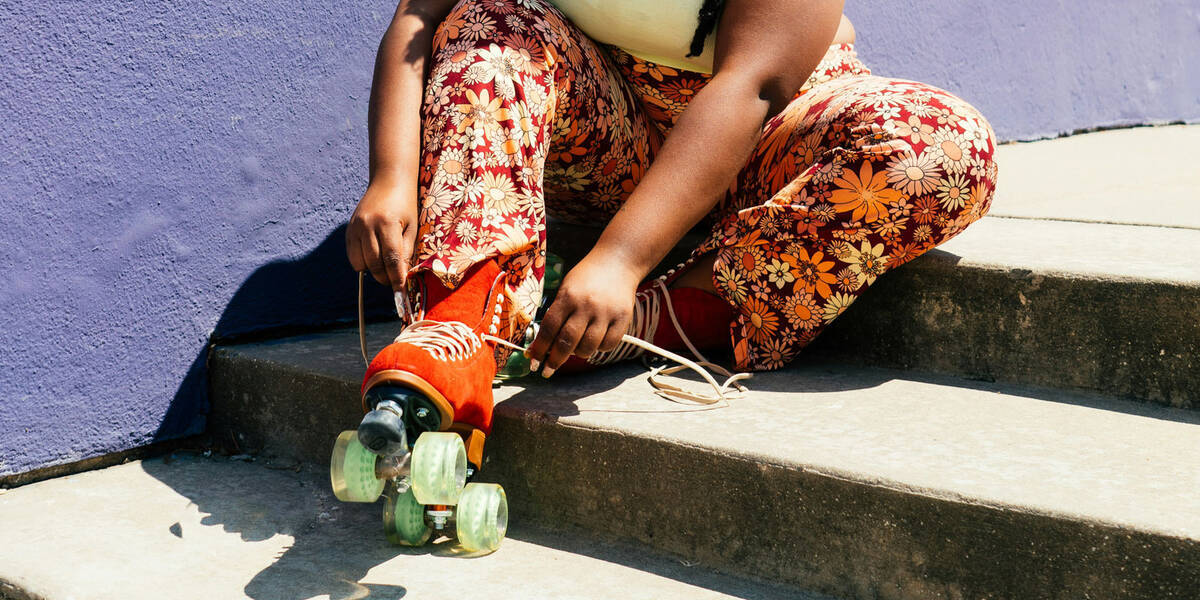Purchasing Top Beginner Roller Skates

Choosing the right roller skates for those new to the sport means focusing on comfort and stability to make skating enjoyable. This guide has been designed to assist with navigating the wide array of choices by providing top recommendations for your first roller skates. All the necessary details are included within this guide.
Overview
How to Select Beginner Roller Skates?

- Boot
- plate/truck
- Wheels
- Toe stop
For beginners, opting for roller skates that offer comfort is crucial to maintain motivation. Softer wheels are advisable as they absorb surface vibrations and enhance manageability. Be mindful that larger wheels can increase the difficulty of controlling the skates. Select roller skates with ample ankle support, foam cushioning, and soft wheels in a size that fits perfectly.
By choosing these features, you can begin quad skating with confidence:
- Ankle Support: A taller boot provides better ankle reinforcement and stability which is vital for novices.
- Comfortable Liners: Ensure your roller skates have padded foam liners to maintain comfort while skating.
- Wheels: Wheels that are soft (roughly ranging from 78A-85A durometer) offer better traction and an easier ride, ideal for newcomers. A wheel diameter between 54 mm to 58 mm makes a favourable start, as smaller wheels are easier to manage.
- Toe Stop: A strong toe stop is key for safety and control.
To browse our complete lineup of beginner roller skates, use the link below to filter by "skill level":
How to Determine the Right Roller Skate Size for Beginners?

Determining your roller skate size involves more than just going by your shoe size, as sizes can differ between models and brands. Accurate foot measurement is necessary before selecting a specific size, which allows you to compare your foot's exact measurement with the model's size chart.
Choose the larger size if your measurement falls between two sizes.
Steps to correctly measure your foot are as follows:
- Stand on a firm, flat surface.
- Lean a sheet of paper against the wall.
- Position your heel against the wall with your foot flat on the paper.
- Mark the paper where your longest toe reaches.
- Measure from the wall or paper edge to your mark.
- Measure both feet, selecting the skate size based on the larger measurement.
Accurate measurements will help achieve a perfect fit, leading to a comfortable and pleasant skating experience.
What is the Proper Fit for Roller Skates?

Appropriate roller skates should fit snugly without causing pain. Skates that fit poorly can result in discomfort and even injury. Novices should choose skates that support the ankles well and have secure laces to wrap the boot firmly around the ankle.
Key points to consider when fitting your initial pair of skates:
- Break-In Time: It's common for new roller skates to require some time for breaking in. If your skates have padded foam liners, they should almost immediately feel comfortable.
- Toe Space: Toes should be near the skate's end but not in contact with it. Allow just enough space for minor toe movement.
- Ankle Support: Skates ought to support the sides of the ankle, allowing bending of knees and ankles forward.
- Laces: Proper lacing is important. As a beginner, tighten laces firmly, ensuring they're not so tight as to cause pain.
The Role of Toe Stops on Roller Skates

Toe stops are vital roller skate components allowing brakes and speed regulation. Situated at each skate's front, they engage different braking techniques via ground friction. Toe stops also enable certain moves by providing additional control and stability, akin to figure skate toe picks.
For safety, toe stops are essential as they allow walking on one's toes, navigating staircases or surfaces not conducive to skating. Toe stops are critical for increased performance and safety among roller skaters.
Explore our extensive options here:
Effective Braking on Roller Skates
Braking is a vital skill in beginner quad skating, with numerous techniques available. As you start with roller skates, becoming proficient at braking is essential.
A primary brake method is the t-stop, where one leg is dragged behind at a 90-degree angle to the other skate. Focus on using the outer wheels to create friction, as this provides smoother braking than using inner wheels during T-stops.
Advancing further, you can learn to stop by rotating 180 degrees to skate backwards and then pressing forwards on the toe stops. Discover more here:
Essential Protective Gear for Roller Skating

It's crucial to wear protective equipment while roller skating to ensure safety. Below is a checklist of necessary protective gear before commencing your roller skating journey:
- Helmet: A well-fitting helmet is vital to safeguard your head from severe injury.
- Wrist Guards: These provide support and cushioning to prevent wrist injuries from falls.
- Knee Pads: Knee pads shield your knees from cuts, bruises, and fractures.
- Elbow Pads: These protect elbows from impacts and scrapes.
Wearing protective gear substantially lowers injury risk, rendering your roller skating session safer and more delightful. We strongly suggest beginners purchase a protective pads set and helmet alongside their initial skates. Safety gear is an indispensable part of roller skating safely!
